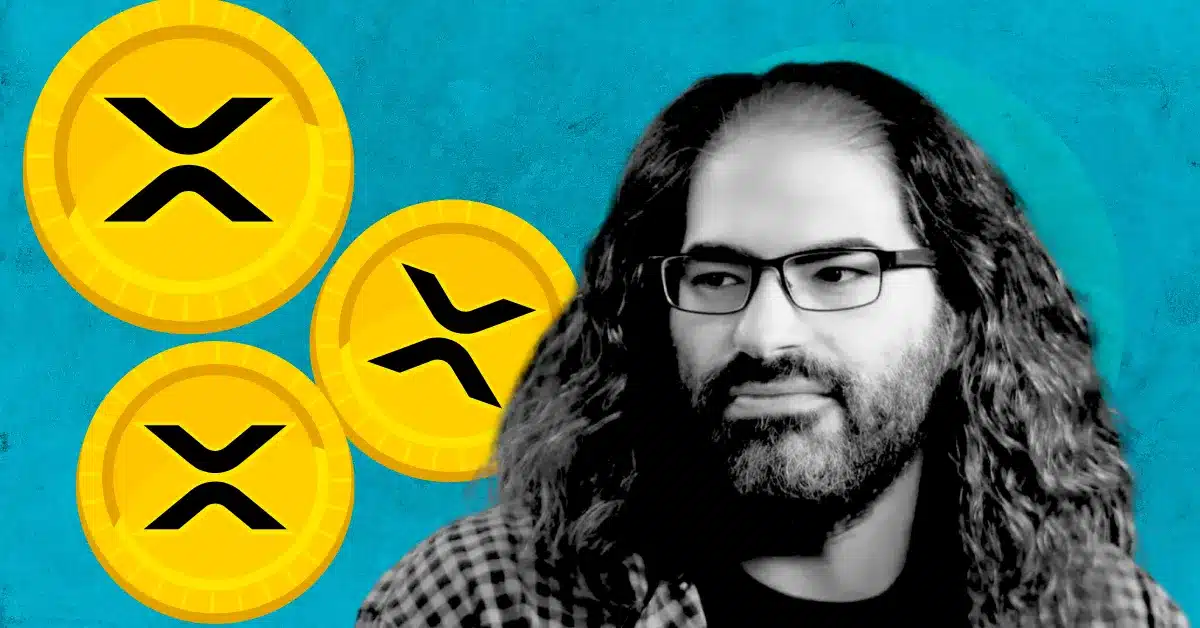- Ripple CTO teases secret staking plan as XRPL governance debate grows.
- New XRPL smart contracts open fresh opportunities for global developers instantly.
- UNL stability discussion intensifies as community examines future network direction.
Ripple’s governance conversation intensified after CTO David Schwartz hinted at a confidential staking plan that has not yet been released publicly. His comments surfaced during a technical exchange with head of engineering J. A. Akinyele, which sparked new reactions across the XRP community.
Their discussion explored how XRP could operate across DeFi applications and native on-chain processes, shifting attention toward the future direction of XRPL governance.
Besides outlining this idea, Schwartz explained that the proposal includes a governance token with no financial value. It would exist in limited supply and would be used strictly for voting. In the discussion, community analyst WrathofKahneman raised a key point about whether XRPL already functions under governance by fork because it does not depend on staked funds.
Moreover, David Schwartz noted that every public layer one blockchain remains governed by a fork at its foundation. He added that networks rely on strong protection systems to reduce this risk. Validator voting and the formal amendment process act as major safeguards. He also mentioned the XRP Ledger’s published Unique Node List as an essential structure that helps maintain consistent ledger outcomes.
Also Read: Aster Introduces Machi Mode as Hyperliquid Expands Growth Features in New Update
UNL Stability
Consequently, the UNL became a central focus within the ongoing debate. A UNL is a trusted list of validators that a server relies on during consensus. Servers use these lists to accept aligned validation votes and reject conflicting ones. When servers run with different UNLs, they may confirm different ledger states, which elevates the chance of a fork.
Additionally, the XRP Ledger reduces this risk through strong overlap across UNLs. This shared validator base keeps servers synchronized as they validate new ledger versions. The default configuration uses recommended lists maintained by Ripple and the XRP Ledger Foundation to simplify the process for operators.
New XRPL Smart Contracts Feature Sparks Developer Interest
Significantly, the community reacted after Denis Angell of XRPL Labs and Xahau confirmed that XRP Ledger Smart Contracts are now live for testing on AlphaNet. This marks the first launch of native Layer 1 contract functionality on XRPL, blending Ethereum-style execution with its fast transaction system.
Developers can now build decentralized applications directly on the ledger, gaining flexible access to core features without depending on UNL approval.
Hence, the combination of governance discussions and advancing technical capabilities has intensified community interest in how the XRPL may evolve. Observers now watch closely for the official staking proposal, which could influence future participation and decision-making within the ecosystem.
This development highlights the growing attention on XRPL’s expanding structure as new features and governance ideas continue to shape its next phase.
Also Read: The XRP Explosion Nobody Sees Coming, Analysts Say People Will Get Erased
